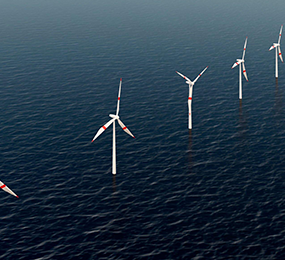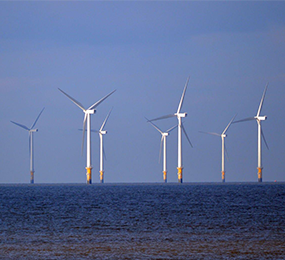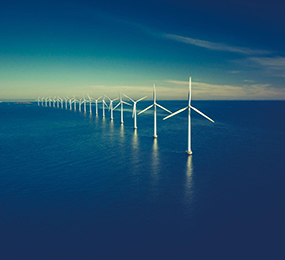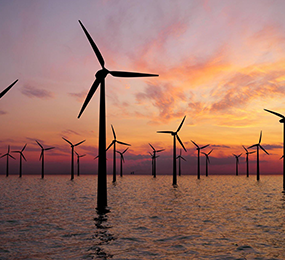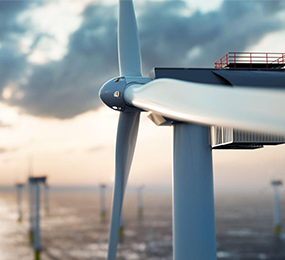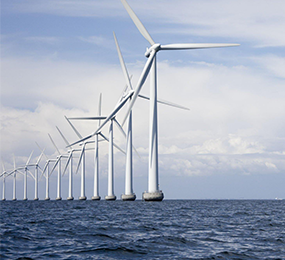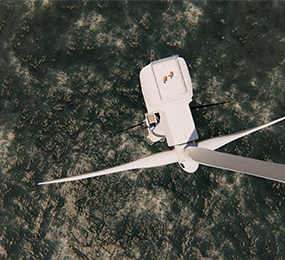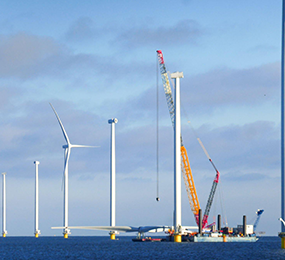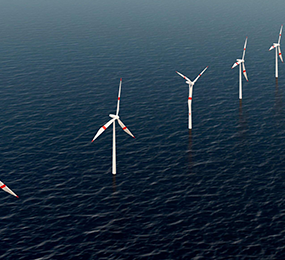The development and deployment of floating offshore wind energy require a complex and interconnected supply chain involving a wide range of industries and suppliers. From turbine components to installation services, each link in the chain plays a crucial role in ensuring the successful realization of these projects. Let's delve into the key components and challenges of the floating offshore wind energy supply chain.
Turbine Components: The Heart of the Operation
Wind turbines are the centerpiece of floating wind farms. The supply chain for turbines includes the manufacturing of blades, nacelles, towers, and generators. These components require advanced manufacturing techniques and high-quality materials to ensure efficient and reliable operation in the harsh marine environment.
Floating Platforms and Mooring Systems: The foundation of floating wind farms rests on these crucial components. The design and construction of floating platforms, such as semi-submersibles or spar buoys, require specialized engineering expertise. Mooring systems, including chains, cables, and anchors, are essential for securing the platforms to the seabed and ensuring the stability of the wind turbines.
Electrical Infrastructure and Cables: Connecting wind turbines to the onshore grid involves a complex electrical infrastructure. This includes cables for transmitting power from the turbines to substations, as well as transformers and other electrical equipment. The manufacturing and installation of these components require specialized expertise and careful planning.
Installation Services and Logistics: The installation of floating wind farms is a complex and challenging undertaking. Specialized vessels and equipment are required to transport and assemble the various components, including turbines, platforms, and mooring systems. The logistics of coordinating these operations in offshore environments can be demanding, requiring precise planning and execution.
Challenges and Opportunities
The floating offshore wind energy supply chain faces several challenges, including the need for specialized equipment, skilled labor, and long-distance transportation. However, these challenges also present opportunities for innovation and economic development. By investing in research and development, fostering partnerships between industry players, and developing domestic supply chains, governments and businesses can address these challenges and create a more sustainable and competitive industry.
The floating offshore wind energy industry is rapidly expanding, driven by the growing demand for clean and renewable energy. As the sector matures, we can expect to see further advancements in the supply chain, leading to improved efficiency, reduced costs, and increased sustainability. By understanding the intricacies of the supply chain, governments, businesses, and investors can play a vital role in supporting the growth of this promising industry and building a more sustainable future.
To register or learn more about the Forum please check here: https://www.leadventgrp.com/events/5th-annual-floating-wind-europe/details
For more information and group participation, contact us: [email protected]


